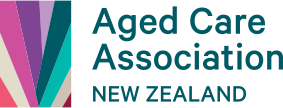Food Act 2014
New food law for health care providers
On 1 March 2016 the law around food safety changes. The new law applies to anyone who provides food as part of a service. So, whether you’re running a residential care facility or a hospital, you need to know how it applies to you.
As health care providers, your number one priority is looking after those in your care. You probably don’t see food as a key part of your business, but those you care for rely on you to make sure the food they eat is safe and the new law is designed to help you do that.
What the new law means for care homes and hospitals
Those who cook or prepare food for those in their care need to use a written plan. This is called a food control plan. The plan helps you to identify and manage food safety risks on a day to day basis, and gives you peace of mind that you’re doing everything you need to.
Hospitals and rest homes don’t need to need to write a plan themselves, but can use a template developed by Ministry of Primary Industries (MPI). Templates make creating your plan easy. They help you keep the records you need in one place, and easily demonstrate how you make safe food. If you would like more flexibility, you can create your own plan (this is called a custom food control plan).
The new law is all about risk. It helps businesses manage risk in a way that works for what they do. If what you do is lower risk, like serving food packaged by another business, you won’t need a written plan. You’ll register under a ‘national programme’, which involves registering and getting checked, but has fewer requirements.
What you need to do
All health providers that make, serve or sell food need to register. Most will register with their local council, but those operating in different parts of the country have the option of registering with MPI. If you use a custom plan, you’ll need to register that with MPI.
The Food Act 2014 starts on 1 March this year. Anyone opening a new business from then must register before they start serving food. However, existing businesses have longer to make changes.
Existing services should check the ‘transition timetable’ on the MPI website to find out when they need to act.
- Those who make food and have an alcohol licence need to apply to register their food control plan no later than 31 March 2017.
- Those who make food and don’t have an alcohol licence have until 31 March 2018.
- If you’re already using a written plan, in the form of a food safety programme, your food control plan should be quite similar. You have until 30 November 2019 to update your plan.
Find out more
Resources to help you with the new law are on the MPI website. Visit www.mpi.govt.nz/foodact
Useful resources:
- Follow Steps to a Simply Safe & Suitable template Food Control Plan to find out how to create and register your plan
- Download your templates from the page above
- To check when your business needs to make changes, see the transition timetable
- If you are unsure about what type of regulation applies to your business, start by using ‘Where do I fit?’
For PDF version of this information click here >>


